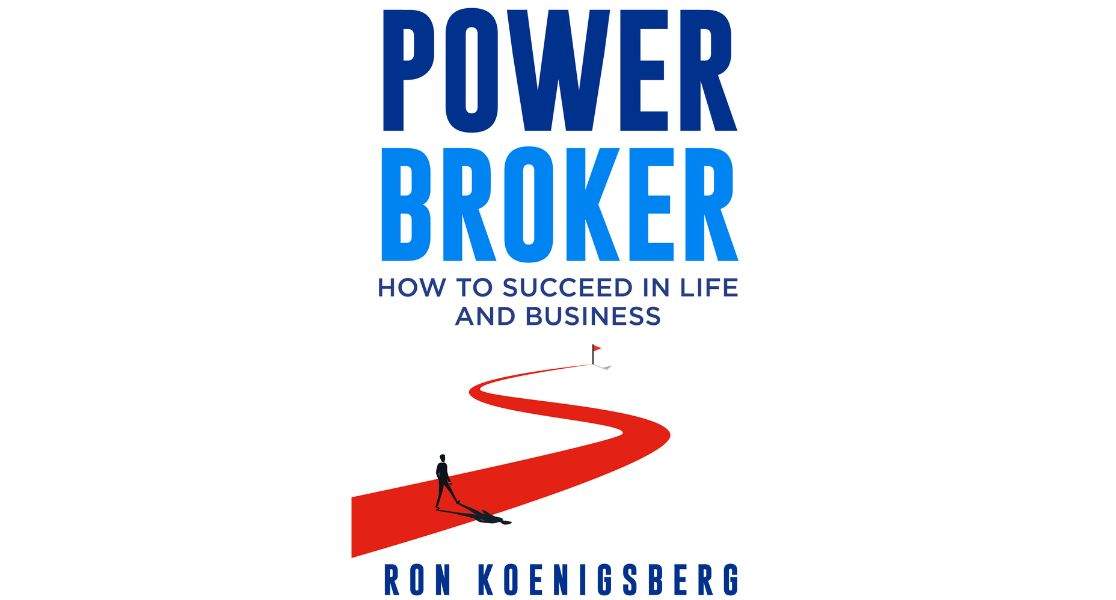
Interest Rates continue to rise with the Federal Reserve’s recent rate hike, the third this year. The Fed has also signaled that there could be yet another hike before the end of the year. Of course these hikes mean that it will cost more to borrow. However, there are six advantages and positive outcomes from the Fed rate increases – below, we’ll explore the benefits.
1. Controlled Inflation
Controlled inflation could translate to lower prices of imported consumer goods. This is the effect of a higher exchange value of the dollar if our domestic rate increases are not matched by policy tightening in other major economies.
2. Increased Lending
Banks will now have greater incentive to loan out reserves at higher interest rates. This increased flow of additional credit will boost economic growth.
3. Higher Returns for Savers
Rising rates means people who save money in certificates of deposits (CDs), money market funds and bank accounts will see higher returns. Those with large amounts of cash savings will now earn more money. This enables them to spend more translating into more economic activity, and thus, more jobs. In addition, this means senior citizens will enjoy better returns from their savings accounts and CDs. “Higher interest rates on CDs and other financial instruments will particularly help older Americans trying to live on their retirement savings,” says Lynn Reaser, chief economist at Point Loma Nazarene University in San Diego.
4. Incentive to Travel
When interest rates rise in the U.S., the dollar tends to go up in value, which means it can buy more foreign currency – this is called a boost in purchasing power. This makes traveling to other parts of the world less expensive.
5. Spur in Real Estate Transactions
Of course, higher interest rates mean higher mortgages. This anticipated increase in mortgage rates can trigger an increase in real estate activity. Prospective investors and buyers indecisive about purchasing a new investment should close deals before they end up paying more from banks and lenders.
6. Stocks will Trade on Fundamentals
As the Fed backs away from record-low rates and begins the “normalization” process, stock prices will reflect market fundamentals instead of nuances of the Fed’s statements.






